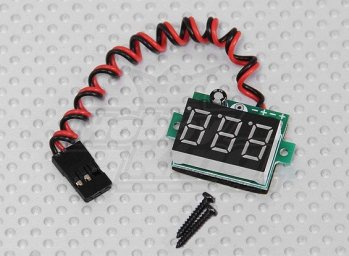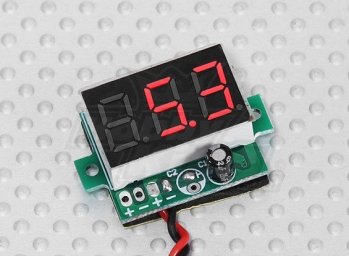What
I've been contemplating to make a small indicator circuit for quite some time.
Reason
Now the "need" originates mainly from my social behavior at certain times. I've experienced too many times on a day/night out, getting so involved with conversations and too much "cold drinks" (like Oros), that I vape a battery beyond its safe discharge level without consciously noticing it.
Under normal conditions I would immediately notice it, and when measured, the battery would've discharged to round about 3.8V (roughly after 3ml of e-juice on a standard Reo bottle).
How
Apologies for all the waffle above. Now, what I intend to do, is design a simple circuit to emit a green light, if the battery's voltage is above x-voltage (when I press the firing button) and emit a red light when the battery voltage is below y-voltage (when I press the firing button). This little circuit should not be bigger than: width: 15mm x hight: 30mm x thick: 3mm. It will be easy to stick it behind the Reo or Kui juice bottle and emit the relevant colors. The circuit will draw less than 10mA when the fire button is pressed and no current when the fire button is not pressed. Connection would be easy; 1 x thin black wire tugged underneath the negative battery spring and 1 x thin red wire connected to the centre pin or leaf spring (positive side).
Why
Why do I need your assistance? The design is not the issue, but to get the pcb's made and purchasing small quantity of components are a costly affair, if I only do one/two for myself. If there is enough interest in something like this, what would you prefer to be the minimum discharge voltage to trigger the red emitting light? 3.0V or 3.2V or 3.5V etc.
I've been contemplating to make a small indicator circuit for quite some time.
Reason
Now the "need" originates mainly from my social behavior at certain times. I've experienced too many times on a day/night out, getting so involved with conversations and too much "cold drinks" (like Oros), that I vape a battery beyond its safe discharge level without consciously noticing it.
Under normal conditions I would immediately notice it, and when measured, the battery would've discharged to round about 3.8V (roughly after 3ml of e-juice on a standard Reo bottle).
How
Apologies for all the waffle above. Now, what I intend to do, is design a simple circuit to emit a green light, if the battery's voltage is above x-voltage (when I press the firing button) and emit a red light when the battery voltage is below y-voltage (when I press the firing button). This little circuit should not be bigger than: width: 15mm x hight: 30mm x thick: 3mm. It will be easy to stick it behind the Reo or Kui juice bottle and emit the relevant colors. The circuit will draw less than 10mA when the fire button is pressed and no current when the fire button is not pressed. Connection would be easy; 1 x thin black wire tugged underneath the negative battery spring and 1 x thin red wire connected to the centre pin or leaf spring (positive side).
Why
Why do I need your assistance? The design is not the issue, but to get the pcb's made and purchasing small quantity of components are a costly affair, if I only do one/two for myself. If there is enough interest in something like this, what would you prefer to be the minimum discharge voltage to trigger the red emitting light? 3.0V or 3.2V or 3.5V etc.






